Lycaste, abbreviated as Lyc in horticultural trade, is a genus of orchids that contains about 30 species with egg-shaped pseudobulbs and thin, plicate (pleated) leaves.
The Lycastes have been divided into four sections, one of which has two subsections:
The recognized Xanthanthae species include:
Natural hybrids :
Taxonomy
The World Checklist of Selected Plant Families, maintained by the Royal Botanic Gardens at Kew, is recognized by the American Orchid Society as the definitive authority on orchid taxonomy. The Checklist currently acknowledges 31 species of Lycaste, 3 natural hybrids, 2 subspecies (and 1 nominate subspecies), and 1 variety. Orchid growers and orchid collectors, who tend to be taxonomic "splitters" more often than "lumpers" (see lumpers and splitters), recognize additional subspecies and varieties of Lycaste, as well as alba (white) forms of several species.The Lycastes have been divided into four sections, one of which has two subsections:
- Section Deciduosae - deciduous, that is, they usually lose their leaves during an annual dormant period
- Subsection Xanthanthae - have yellow to orange blooms; the name is from xantho - yellow, and anthos - flower
- Subsection Paradeciduosae - have pink-marked white blooms; the name is from para- similar or near, and deciduosae- deciduous ones
- Section Longisepalae - has very long sepals
- Section Macrophyllae - keep their leaves during dormancy; the name is from macro- large and phyllae- leaves
- Section Fimbriatae - typically have fringed lips
The recognized Xanthanthae species include:
- Lycaste aromatica,

- Lycaste bradeorum,
- Lycaste campbelli,
- Lycaste cochleata,
- Lycaste consobrina,
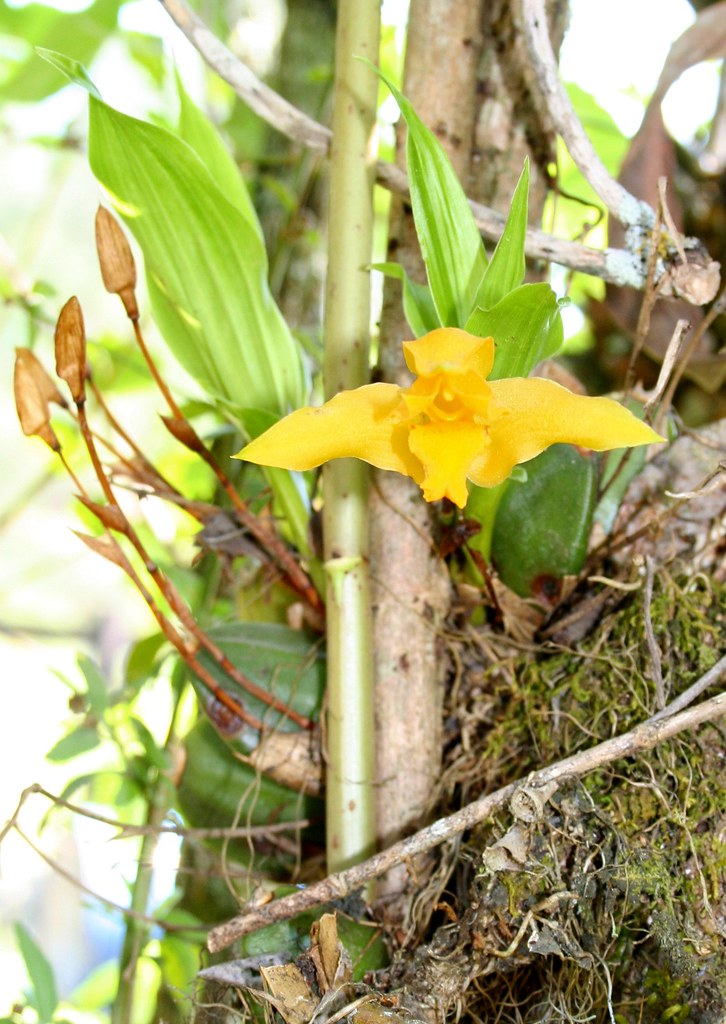
- Lycaste crinita,
- Lycaste cruenta,


- Lycaste deppei,

- Ida (Lycaste) fimbriata
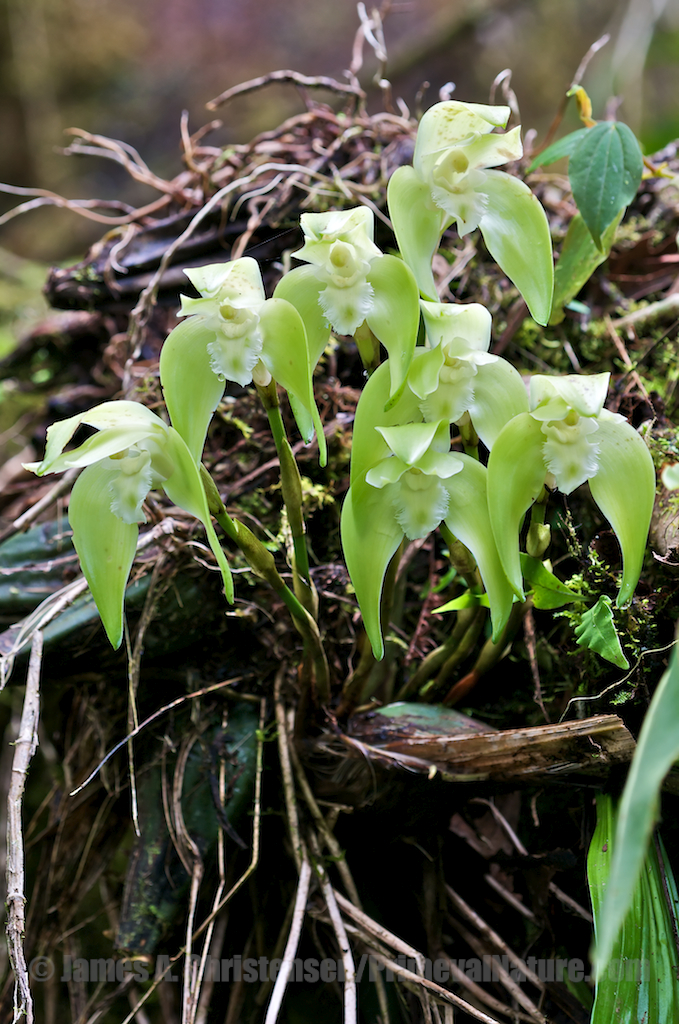
- Lycaste lasioglossa,
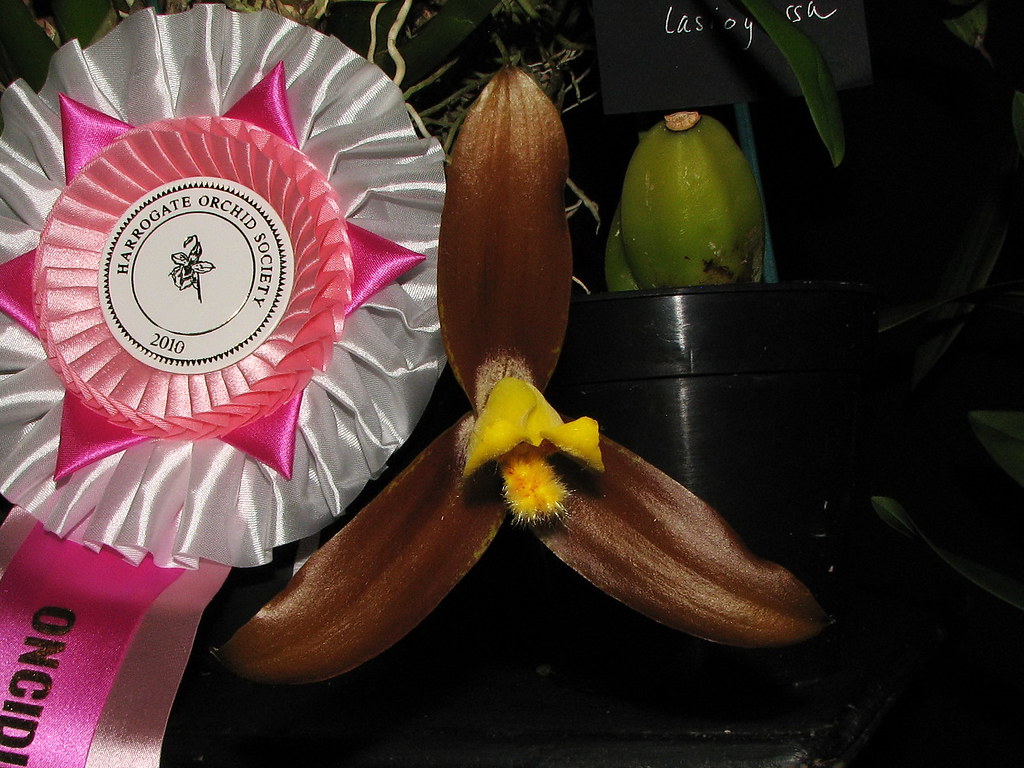
- Lycaste locusta
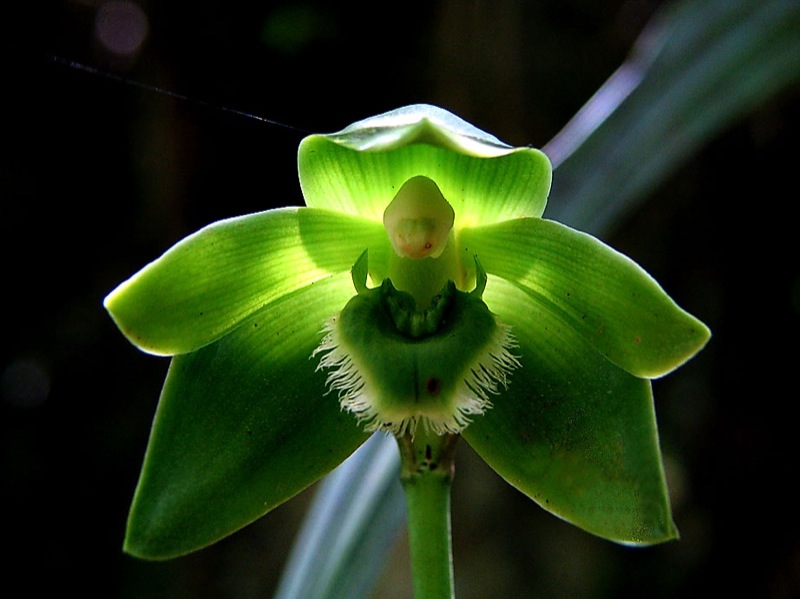
- Lycaste lucianii
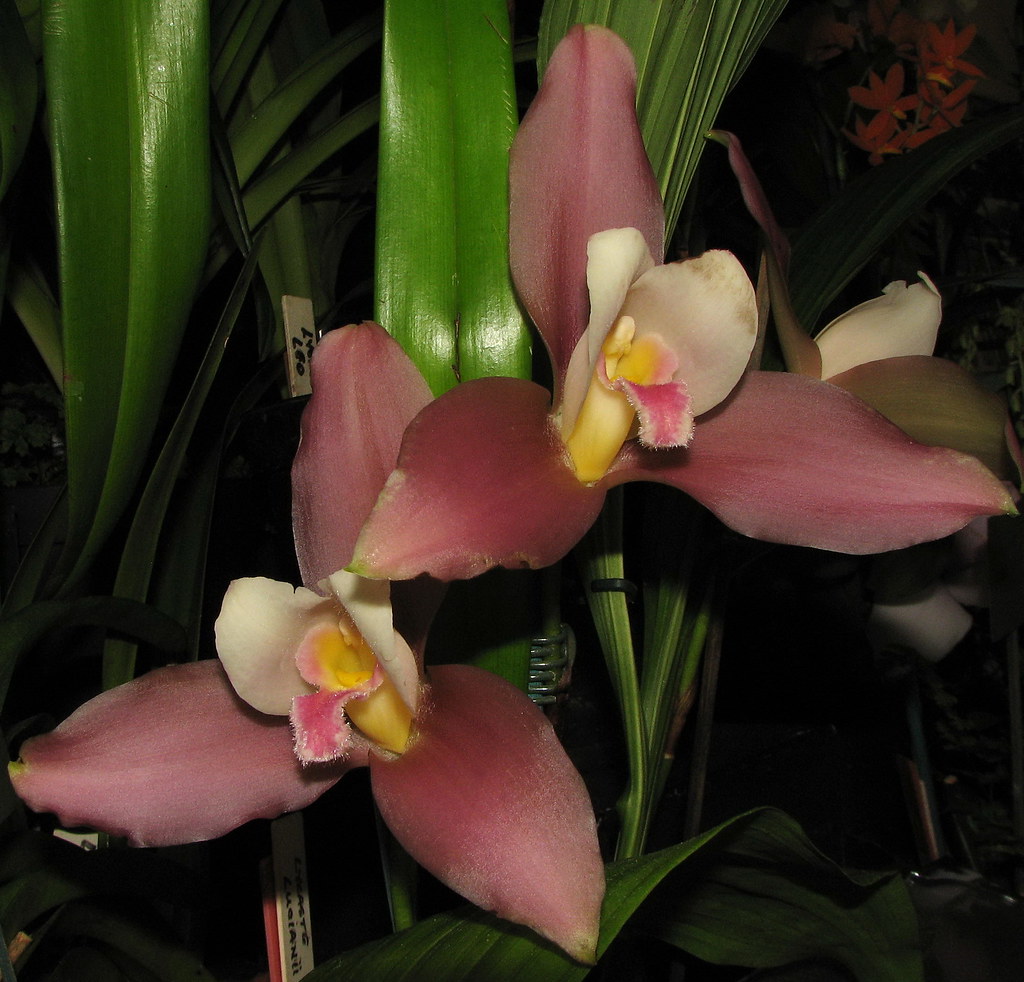
- Lycaste macrobulbon.
- Lycaste brevispatha,
- Lycaste Nebula - Jason x macrophylla
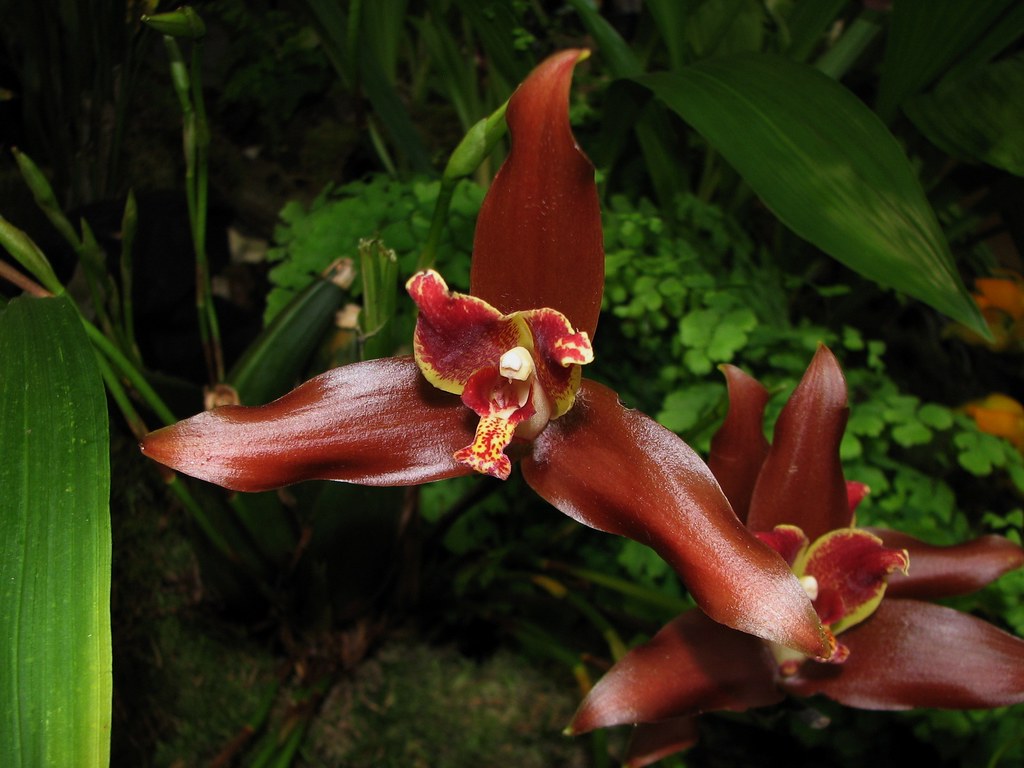
- Lycaste portillae

- Lycaste sp.

- Lycaste Sunray 'Sue's Pride' AM/AOS
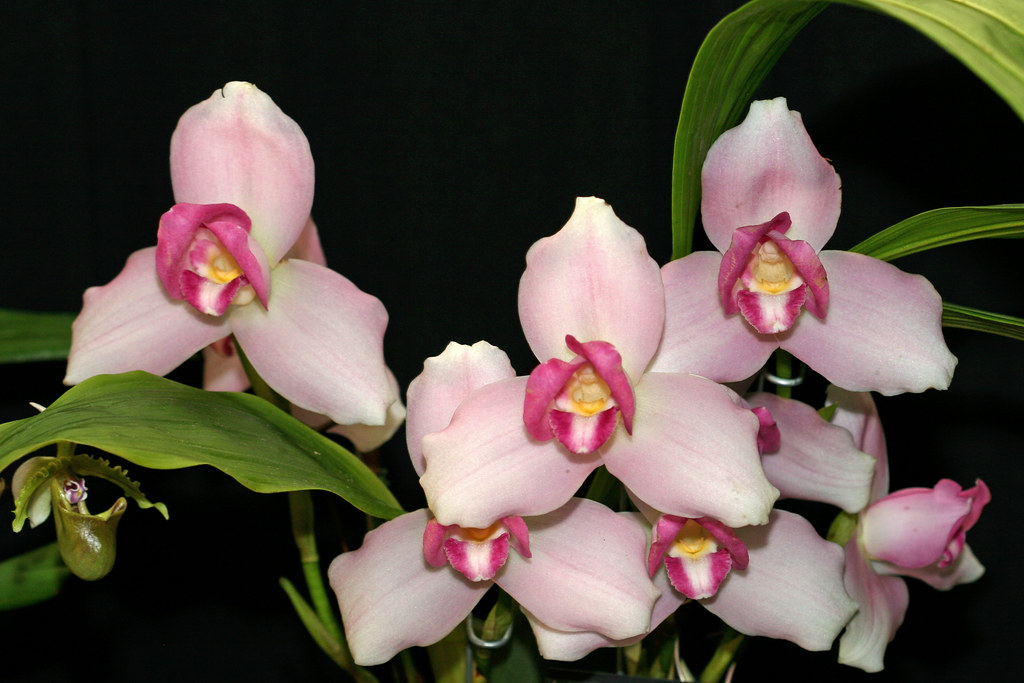
- Lycaste Superstar

- Lycaste tricolor.
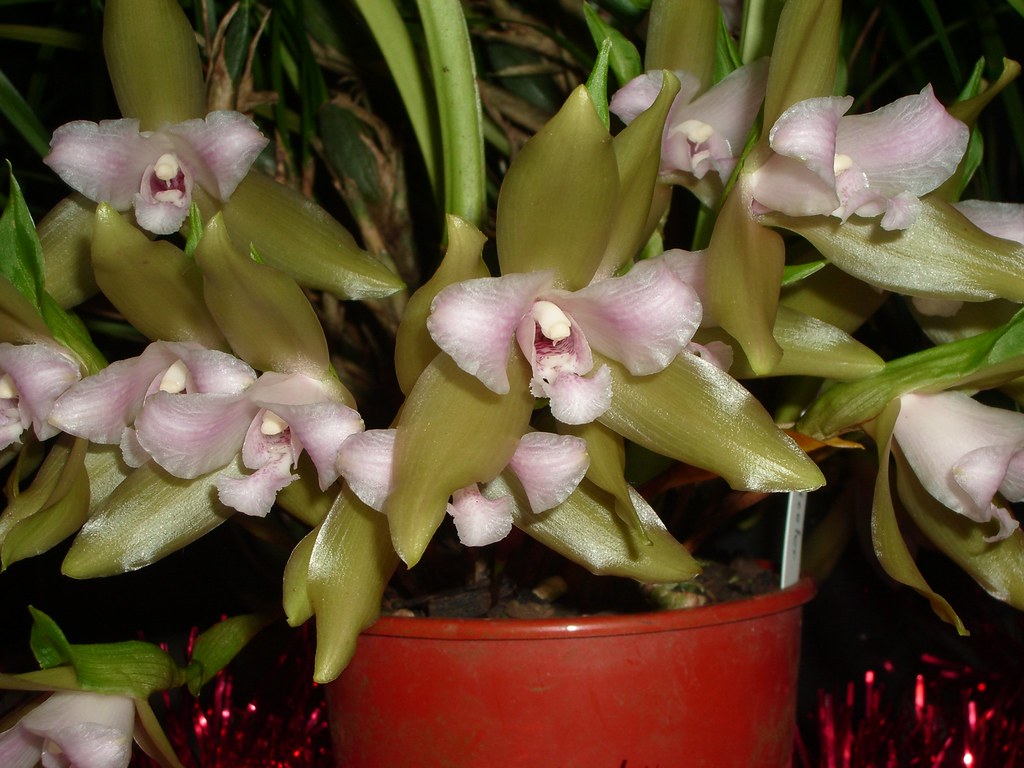
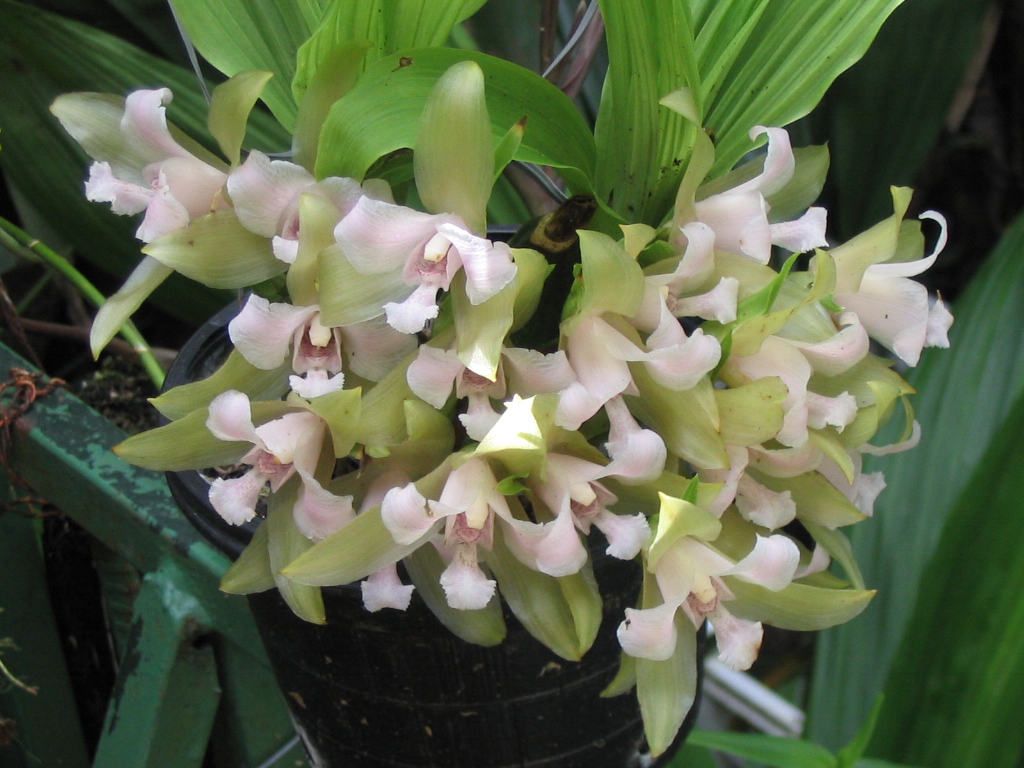
- Lycaste dowiana,
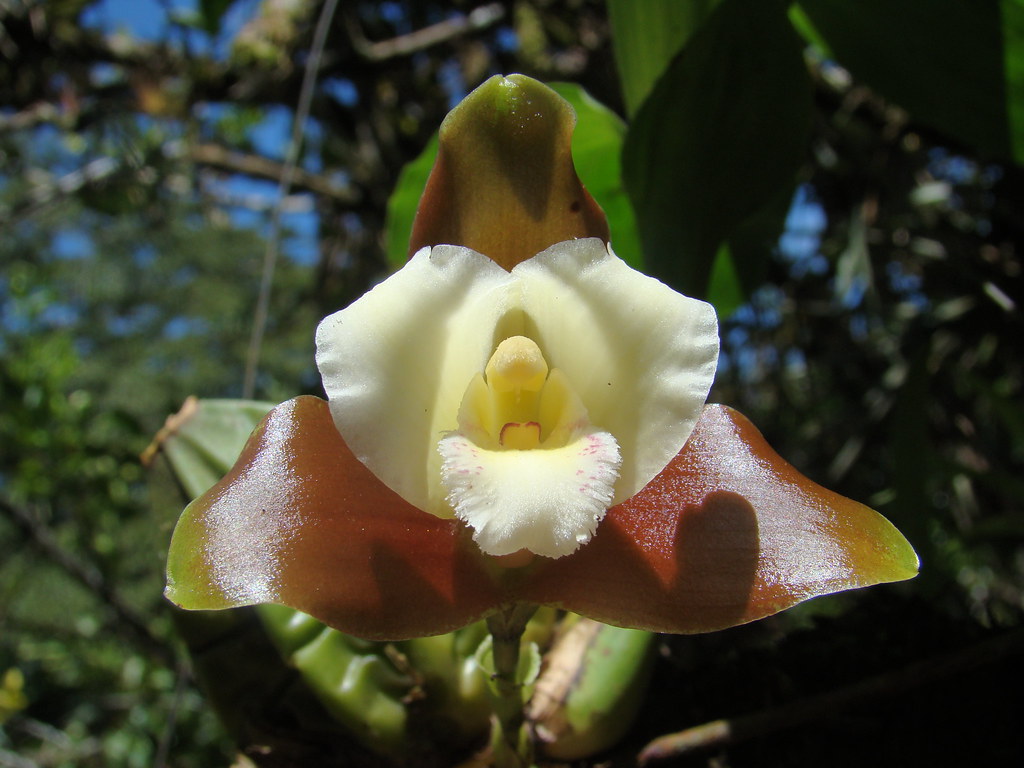
- Lycaste leucantha,
- Lycaste macrophylla
- Lycaste macrophylla var. desboisiana
- Lycaste macrophylla subsp. macrophylla
- Lycaste macrophylla subsp. puntarenasensis
- Lycaste macrophylla subsp. xanthocheila
- Lycaste neglecta,
- Lycaste powellii,
- Lycaste skinneri,
- Lycaste xytriophora.
Natural hybrids :
- Lycaste × groganii (Lycaste aromatica × Lycaste deppei)
- Lycaste × michelii (Lycaste cochleata × Lycaste lasioglossa)
- Lycaste × smeeana (Lycaste deppei × Lycaste skinneri)
- Lycaste Cassiopeia - 'Wyldlips' x Auburry 'Ditchling'

- Angulocaste (Anguloa x Lycaste)
- Cochlecaste (Cochleanthes x Lycaste)
- Colaste (Colax x Lycaste)
- Lycasteria (Bifrenaria x Lycaste)
- Lycida (Ida x Lycaste)
- Maxillacaste (Lycaste x Maxillaria)
- Zygocaste (Lycaste x Zygopetalum)
- Lycaste-hybrid

- Lycaste Green Valley = L. Leo 'Riopelle'x L. Kansas Yellow
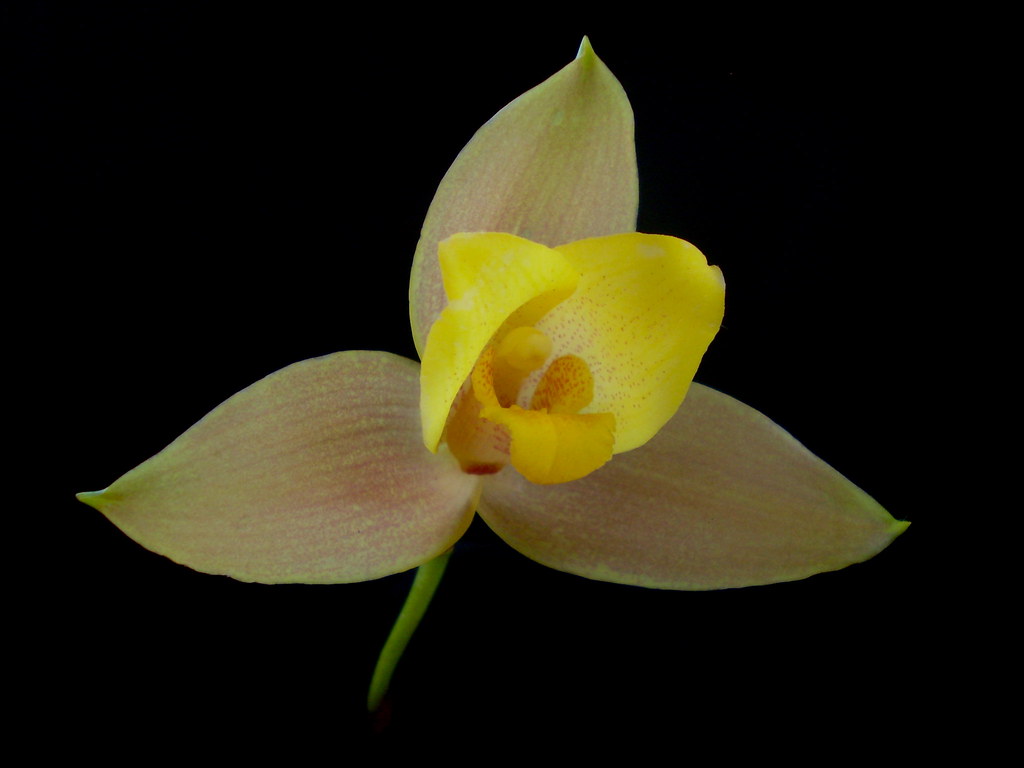



Nhận xét
Đăng nhận xét